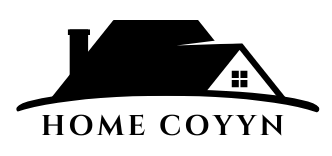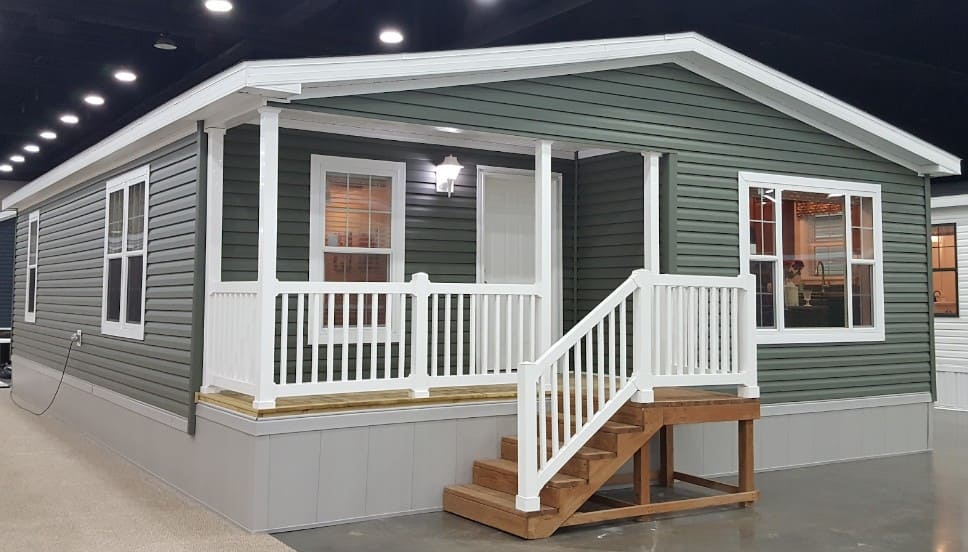When it comes to mobile homes, the roof is more than just a covering; it’s your first line of defense against the elements. Choosing the right roofing system not only enhances your home’s aesthetic but also plays a crucial role in ensuring comfort, insulation, and longevity. In this ultimate guide, we’ll explore the different types of mobile home roofs, the materials that suit them best, essential maintenance tips, and what to consider when repairing or replacing your roof.
Understanding Mobile Home Roofs
Mobile homes come in a variety of styles, and the type of roof you choose can significantly impact your living experience. Here’s a closer look at some of the most common roof types you’ll encounter:
1. Flat Roofs
Flat roofs are a popular choice for mobile homes due to their simple design and economical installation. Typically covered with durable materials like EPDM rubber or TPO, these roofs offer excellent waterproofing and ease of maintenance. However, homeowners must remain vigilant about drainage to prevent water pooling.
2. Pitched Roofs
Pitched roofs, whether single or double-pitched, are designed to shed rain and snow efficiently. They’re commonly covered with asphalt shingles or metal panels. Their slope not only enhances drainage but also provides a more traditional look, improving your home’s curb appeal.
3. Gable Roofs
Characterized by two sloping sides, gable roofs allow for superior ventilation and water drainage. They can be aesthetically pleasing, especially when adorned with metal panels or asphalt shingles, adding charm to your mobile home.
4. Hip Roofs
Although less common, hip roofs feature slopes on all four sides, providing stability and wind resistance. While they can be more complex and costly to install, they enhance both durability and aesthetics.
5. Curved Roofs
For a modern touch, some mobile homes are designed with curved roofs made from metal or fiberglass. These roofs not only look unique but also offer better wind resistance.
Construction Insights: What Makes Mobile Home Roofs Unique
Unlike traditional homes, mobile homes prioritize lightweight materials for efficient production and transport. Here’s a breakdown of essential construction details:
- Materials: Roofs often consist of metal sheets or lightweight asphalt shingles, both offering durability and weather protection.
- Roof Structure: Typically supported by trusses or rafters, mobile home roofs are designed for transportability, ensuring they remain stable and lightweight.
- Insulation: Proper insulation is vital for energy efficiency. Common options include fiberglass batts or spray foam, which should be installed between the roof structure and ceiling panels.
- Ventilation: Adequate ventilation is crucial to prevent moisture buildup, which can lead to mold and structural damage. Vents along the eaves and ridge of the roof promote healthy air circulation.
Repairing and Maintaining Your Mobile Home Roof
Whether you’re patching a small leak or considering a complete roof replacement, understanding the repair process can save you time and money. Here’s what you need to know:
Repair Costs
- Minor Repairs: $150 – $500 (patching small leaks)
- Roof Over: $1,500 – $3,500 (adding a new layer over the existing roof)
- Complete Replacement: $4,000 – $7,000 (removing and installing a new roof)
Materials Impacting Durability and Cost
- Asphalt Shingles: Cost-effective, lasting about 15-20 years.
- Metal Roofing: Durable and long-lasting (40-70 years), but on the pricier side.
- Rubber Membranes: Ideal for flat roofs, providing flexibility and moderate pricing (20-30 years lifespan).
Repair Techniques
- Patching: Best for small leaks, involving the application of new material to the affected area.
- Roof Over: A cost-effective solution for aging roofs, where a new layer is installed over the old.
- Complete Replacement: Necessary when the roof is beyond repair, requiring the removal of existing materials.
DIY or Professional?
While minor repairs can often be tackled by DIY enthusiasts, complex jobs should be left to professionals. Additionally, always check with local authorities regarding permits for roofing work.
Choosing the Best Insulation for Your Mobile Home Roof
Insulation is key to maintaining comfort and energy efficiency. Here are some common options:
- Spray Foam Insulation: Creates a seamless, airtight barrier, although it can be pricey and requires professional installation.
- Fiberglass Batt Insulation: Affordable and manageable for DIY installation, but ensure careful installation to avoid gaps.
- Rigid Foam Boards: Lightweight and moisture-resistant, they provide high insulation value per inch.
- Blown-In Cellulose: Eco-friendly and adaptable for irregular spaces but requires special equipment for installation.
The Importance of Ventilation
Proper ventilation is crucial for maintaining a comfortable living environment. Roof vents allow hot, humid air to escape while drawing in fresh air, preventing heat buildup and moisture accumulation. This not only enhances indoor comfort but also helps prolong the lifespan of your roof.
Conclusion
Investing in a well-maintained mobile home roof is essential for safeguarding your home from the elements and ensuring comfort. By understanding the different roofing options, construction details, and maintenance practices, you can make informed decisions that protect your investment. If you’re looking for more detailed information or need expert assistance, don’t hesitate to reach out to local roofing professionals. Your mobile home deserves the best!

